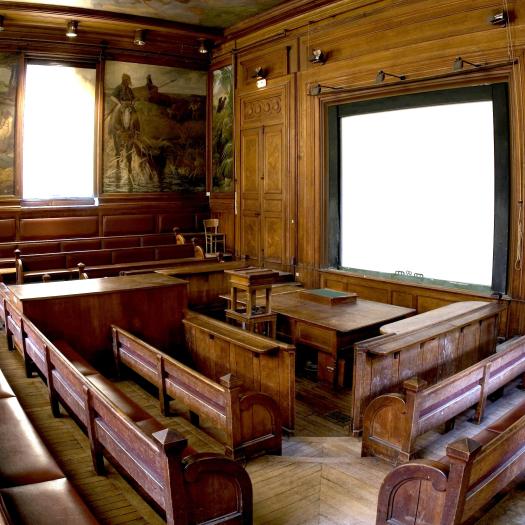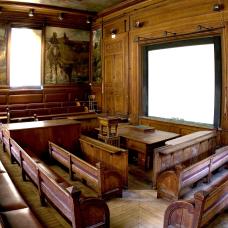PhD Defense - Lee Rozada


La soutenance de thèse de Lee Rozada aura lieu le Mardi 4 juin 2019 à 14h à l’amphithéâtre d’Anatomie comparée et de Paléontologie.
Thèse de doctorat sous la direction de Nour-Eddine Jalil et de Ronan Allain
Composition du jury :
Abstract:
Opportunities to reconstruct the ecology and behaviour of individuals of extinct vertebrate species are rare. Several large assemblages of fossil vertebrate dating from the late Jurassic to the early Cretaceous provide information on biodiversity and terrestrial vertebrate communities. However, with the exception of the Lagerstätte of Las Hoyas (Lower Cretaceous, Spain), the fossils of these assemblages have been found over a wide geographical, stratigraphic and/or temporal range. This PhD thesis presents the results of a taphonomic study, coupled with neotaphonic, paleontological, ichnological, sedimentological and geochemical data, of the assemblage of vertebrate fossils macro-remains from the Lower Cretaceous site of Angeac-Charente, located in the western France. Nine excavation campaigns carried out since 2010 allowed to collect thousands of vertebrate macroremains belonging to 16 different taxa, to which are added abundant microremains belonging to 27 additional vertebrate taxa, hundreds of termite and vertebrate coprolites rich in plant and bone inclusions, hundreds of natural casts of dinosaur tracks, numerous plant remains, bivalve and gastropod casts, as well as ostracods. The sedimentary assemblage is dominated by settling clays interrupted by localized deposits of higher energy deposited in a swampy wetland environment. Many synsedimentary deformations formed in liquefied sediments are preserved as “frozen scenes”. Tracks attributed to the ichnogenre Deltapodus and preserved as direct deposit infills were produced by a multigenerational group of stegosaurs. Many sauropod footprints of various depths are stored in 3-D or 4-D. The bone assemblage is multitaxic, highly diversified and includes terrestrial as well as freshwater amphibian and aquatic taxa. It contains a combination of macrofossils and microfossils and has been formed in a complex way, with the intervention of multiple processes of biological, ecological and physical origin. It is dominated by dinosaurs, especially a new species of non-ornithomimid ornithomimosaur, many of whom remain resulting from a catastrophic mass death of a multigenerational herd dominated by juveniles and subadults. Abundant sauropod remains were transported by water currents over various distance before their deposit on the site. Many bite marks on the surface of shell remains belonging to several Pleurosternon bullockii turtle individuals result from the predatory behaviour of the crocodylomorph Goniopholis, with the use of the “nutcracker” technique. Post-depositional bone modifications, such as disarticulation, displacements, reorientations, fractures, fissures and surface marks, result mainly from intense trampling by dinosaurs. The Angeac-Charente Lagerstätte opens a window of exceptionally fine spatial and temporal resolution on a western European terrestrial ecosystem from the very beginning of the Cretaceous whose organisms interacted directly with each other and with their environment.
Key words: Lagerstätte, Early Cretaceous, Ecosystem, Swamp, Taphonomy, Bonebed, Ichnofossil

Reconstitution de l’écosystème du Lagerstätte d’Angeac-Charente au Crétacé inférieur



